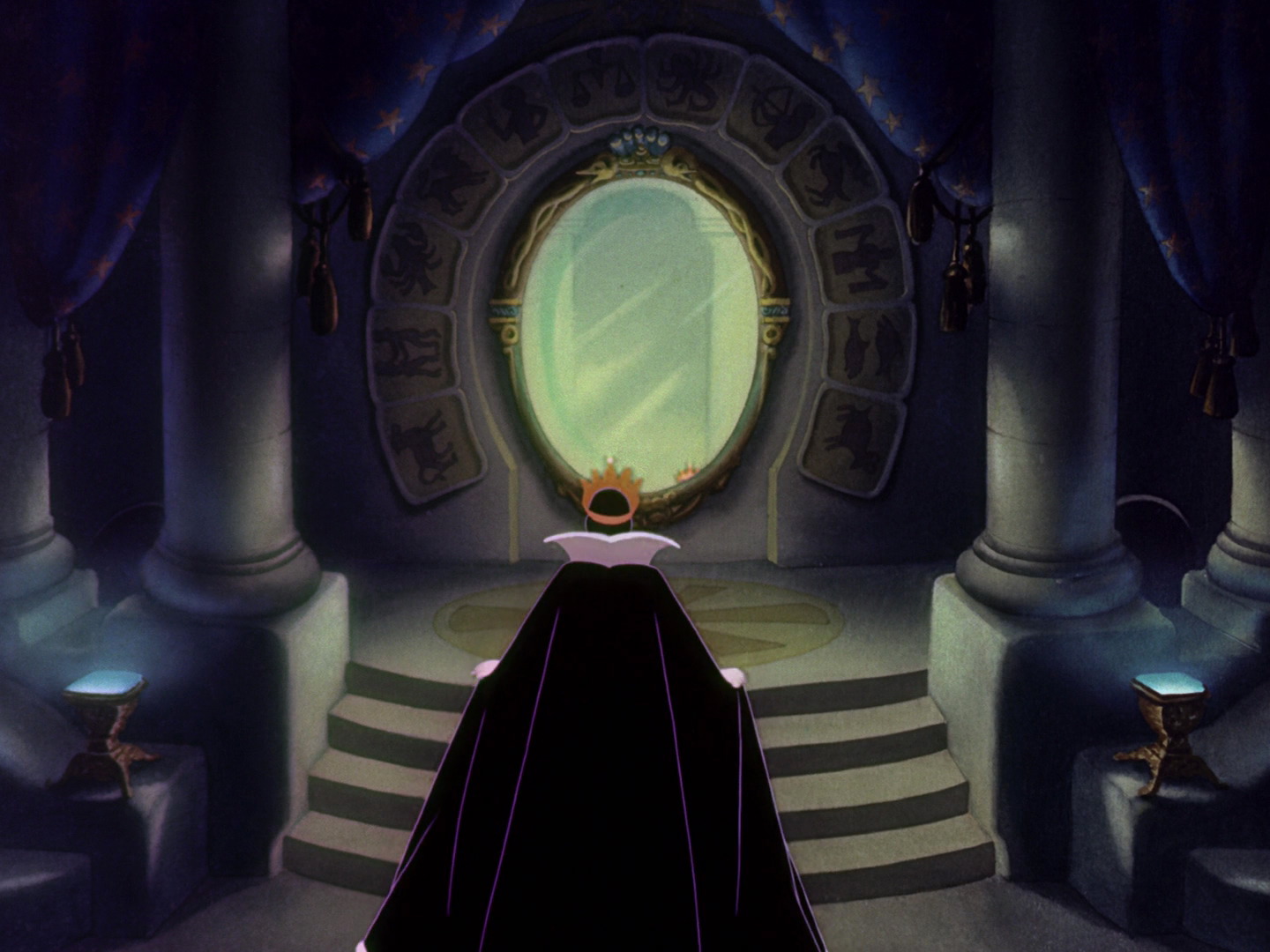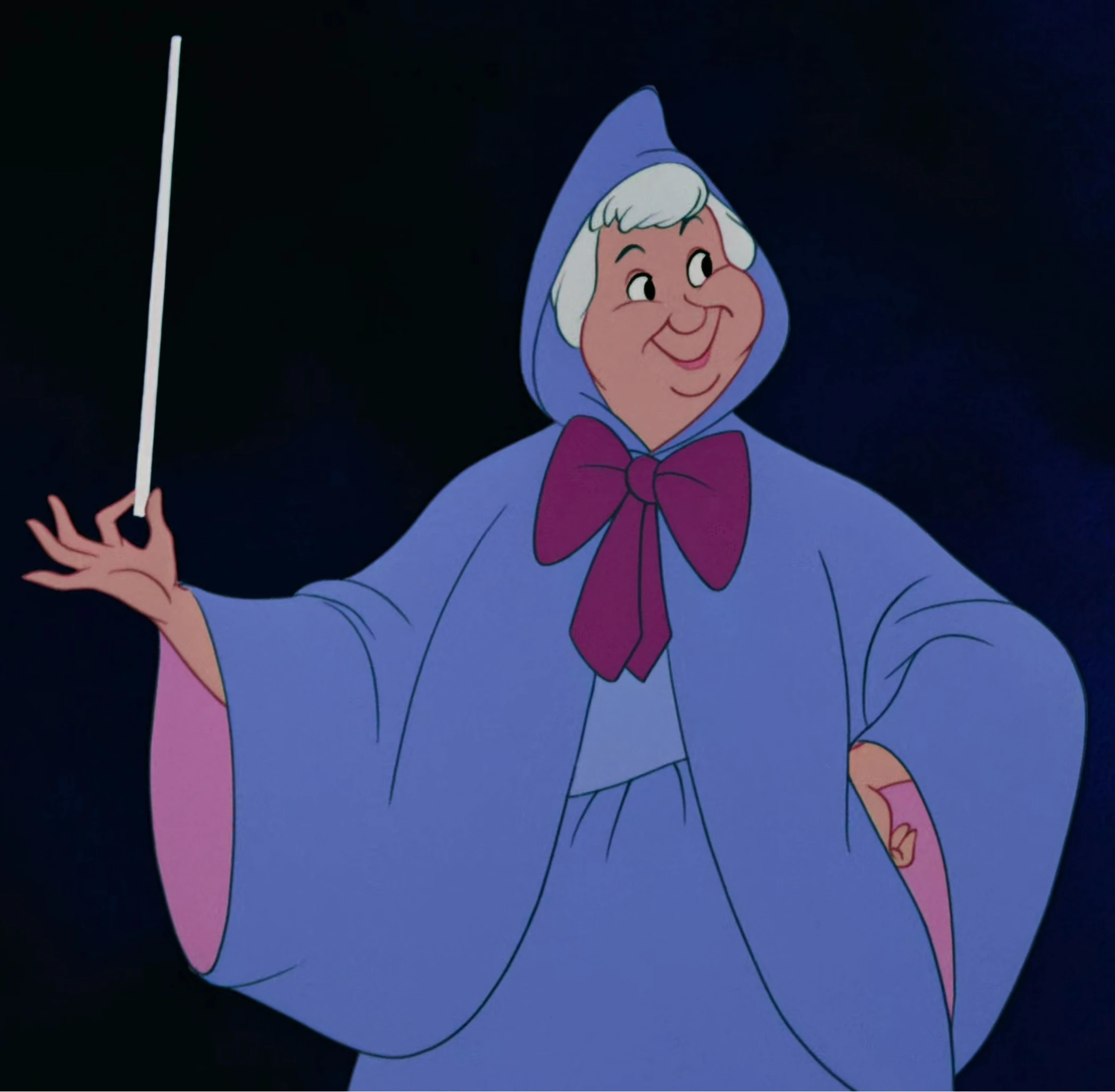Snow White is a tale with many iconic elements, but I think we can agree the most iconic, besides the poisoned apple, is the magic mirror the Evil Queen asks who's the fairest of them all. But, like any oher element on a fairy tale, once we start exploring similar tales from different countries and cultures, we discover that the villains asks that question to all kinds of people, animals, objects and even the Sun and the Moon.
First we'll start with the versions that keep the magic mirror. Sometimes the mirror not only tells the (step)mother that she's no longer the most beautiful, but also is able to predict that her own daughter will be able to surpass her when she's still pregnant, like in the case of the Hungarian tale The World's Beautiful Woman, although the heroine's mother decides to spare her life until she's thirteen. Something similar happens in a tale from Mozambique collected by Henri Alexandre Junod, titled The Unnatural Mother and the Girl with a Star on her Forehead. Although here the mirror uses such enigmatic language that the mother of the heroine, who has a crescent moon on her forehead, doesn't realise what her mirror actually told her untill it explains it to her latter, when her daughter, who has a star on her forehead, has already been born. Furious the mother breaks the mirror, and after checking tha most people think that what the mirror told her is truth, decides to kill her own daughter. She latter discovers her daughter is still alive because of a servant boy who had encountered her. In most American versions the mirror is also kept too, like in the Chilean version Blanca Rosa and the Forty Thieves, collected by Yolando Pino Saavedra, in which the mirror didn't belong initially to the stepmother, but to Blanca Rosa herself, because the mirror was a gift of her deceased mother.
Despite being such an iconic element to the story, sometimes the mirror is not introduced in the story untill much latter, when the heroine has already run away from home and is living with her benefactors. Such it's the case, ironically, with the Russian version titled The Magic Mirror, collected by Alexander N. Afanasiev, in which the mirror and the stepmother are not intriduced in the story untill the heroine, here a merchant's daughter instead of a king's, have run away from home and is living in a castle with two bogatyrs. The reason why the heroine run away from home here it's not her stepmother's jealousy, but her own father wanting her dead after believing the rumors about her the girl's uncle spread as a revenge for humilliating him and thwarting his attempted rape. And before you ask yes, Afanasiev's The Magic Mirror is one of the most disturbing and fucked up versions of Snow White I've ever read. In the cajun version Snow Bella, collected by Calvin Claudel, the stepmother buys the mirror to a peddler, whom latter will sell her the poisoned necklace, comb and apple with she'll try to kill her stepdaughter.
But the stepmother doesn't asks always a mirror who's the fairest. Instead she asks that question to other objects like bowls in the Danish tale The Pretty Girl and the Crystal Bowls, collected by Evald Tang Kristensen.
It's also pretty common for the villains in these kind of stories to ask living creatures, and even people, who's the prettiest. In the Scotthish version Gold Tree and Silver Tree the queen asks a trout; in the Italian Bella Venezia, collected by Antonio De Nino and latter included by Italo Clavino on his collection Italian Folktales, the mother is an innkeeper who asks her customers if they have saw a woman prettier than her, if they say no she only charges them half the prize, but if they say yes she doubles the price; in another Italian version collected by Angelo De Gubernatis, The Cruel Stepmother, people comment how much prettier the stepdaughter Caterina is than the stepmother when they go to mass; in the French version collected by Paul Sébillot The Enchanted Stockings marching soldiers tell the Queen that her daughter is more beautiful than her; in the Turkish The Magic Needle, collected by Ignác Kúnos, the padishah's wife asks her slave, who tells her everyday she's the fairest untill he sees Nar-tanesi the padishah's daughter; and in the Egyptian tale Romana, collected by Howard Schwartz, the same wizard that helped the princess's stepmother seduces the king with an enchanted cake tells her that her stepdaughter is more beautiful that her own daughter Laymuna.
Celestial bodies are also a common substitute for the mirror in many versions. The Sun is consulted in the Swedish tale The Little Gold Bird, the Albanian Marigo of the Forty Dragons collected by Johann Georg von Hahn and the Greek versions Marietta and the Witch, her Stepmother, collected by Henri Carnoy and Jean Nicolaides, and Myrsina collected by Georgios A. Megas, while the Moon fullfils that role in the Italian Giricoccola, in which the Moon also fulfills the dwarves' role in the story latter on; the Armenian Nourie Hadig, the Moroccan The Jealous Mother and the Iraqi Hajir.
There's even sometimes the villain of the story doesn't need someone or something else to tell her that her daughter surpass her beauty, like in the French version La petite Toute-Belle, the second one collected by Paul Sébillot that we mention in this post; The Three Sisters, collected by Christian Schneller; or the Sicilian version Maria, the Wicked Stepmother and the Seven Robbers, collected by Laura Gonzenbach.





No hay comentarios:
Publicar un comentario